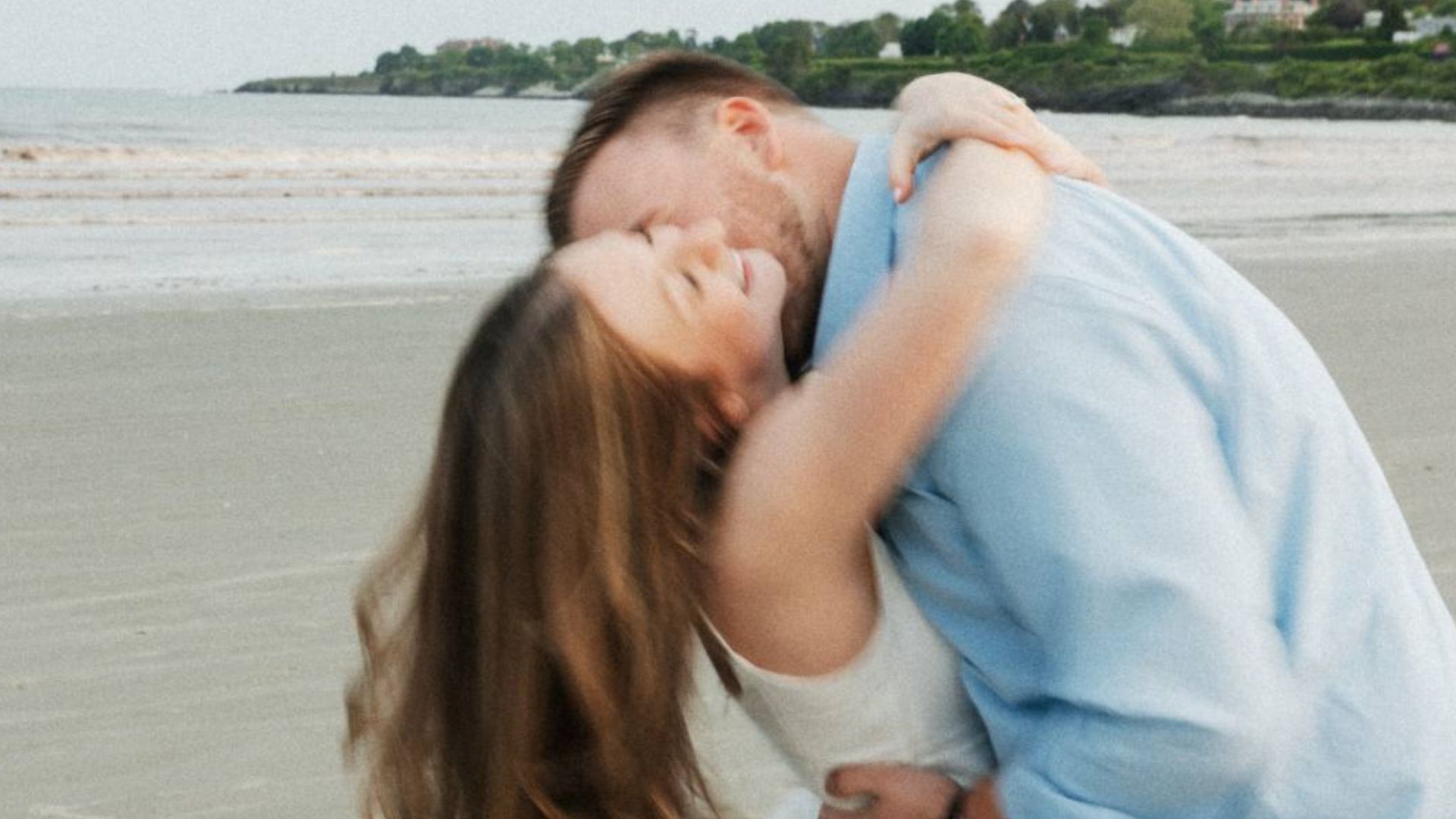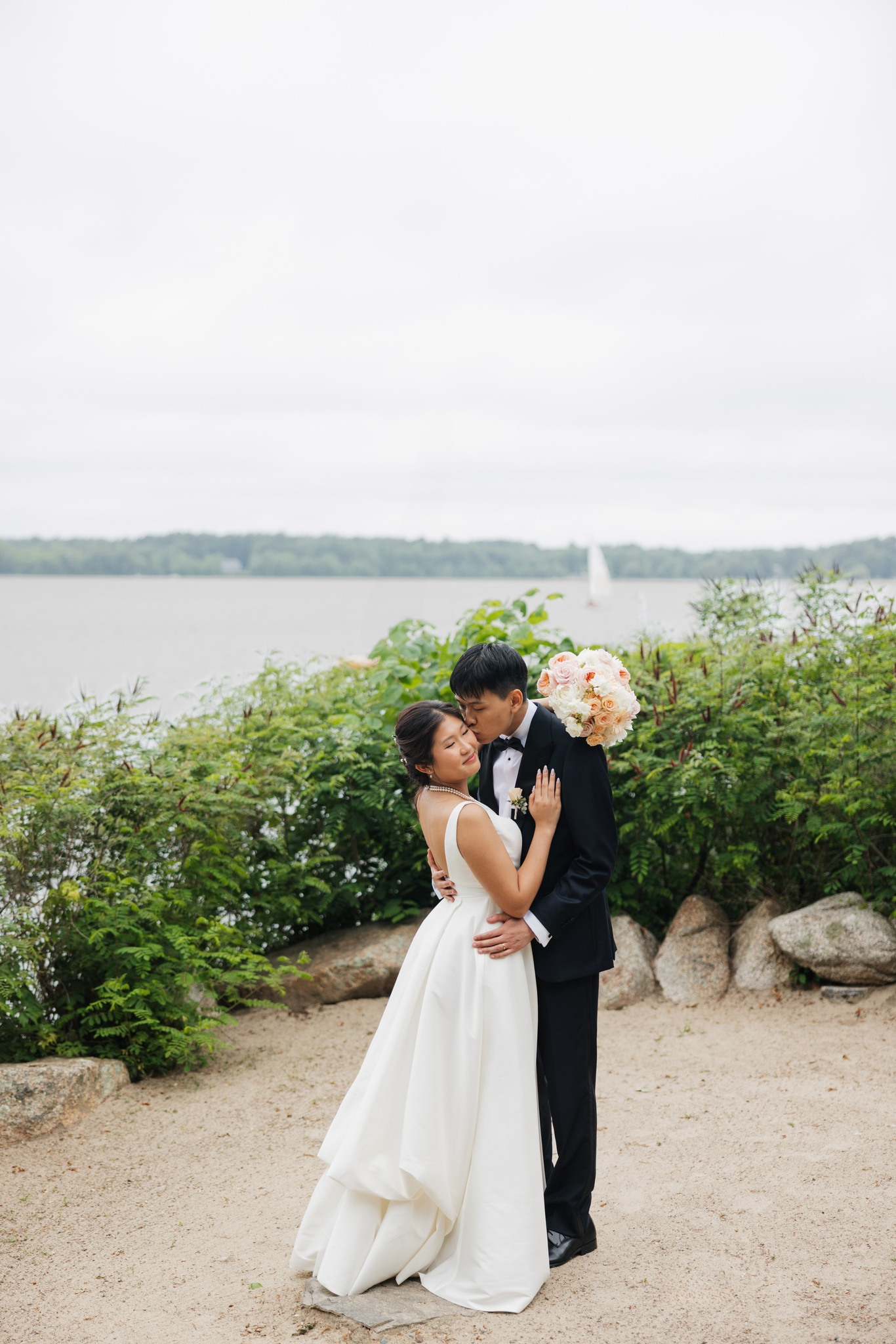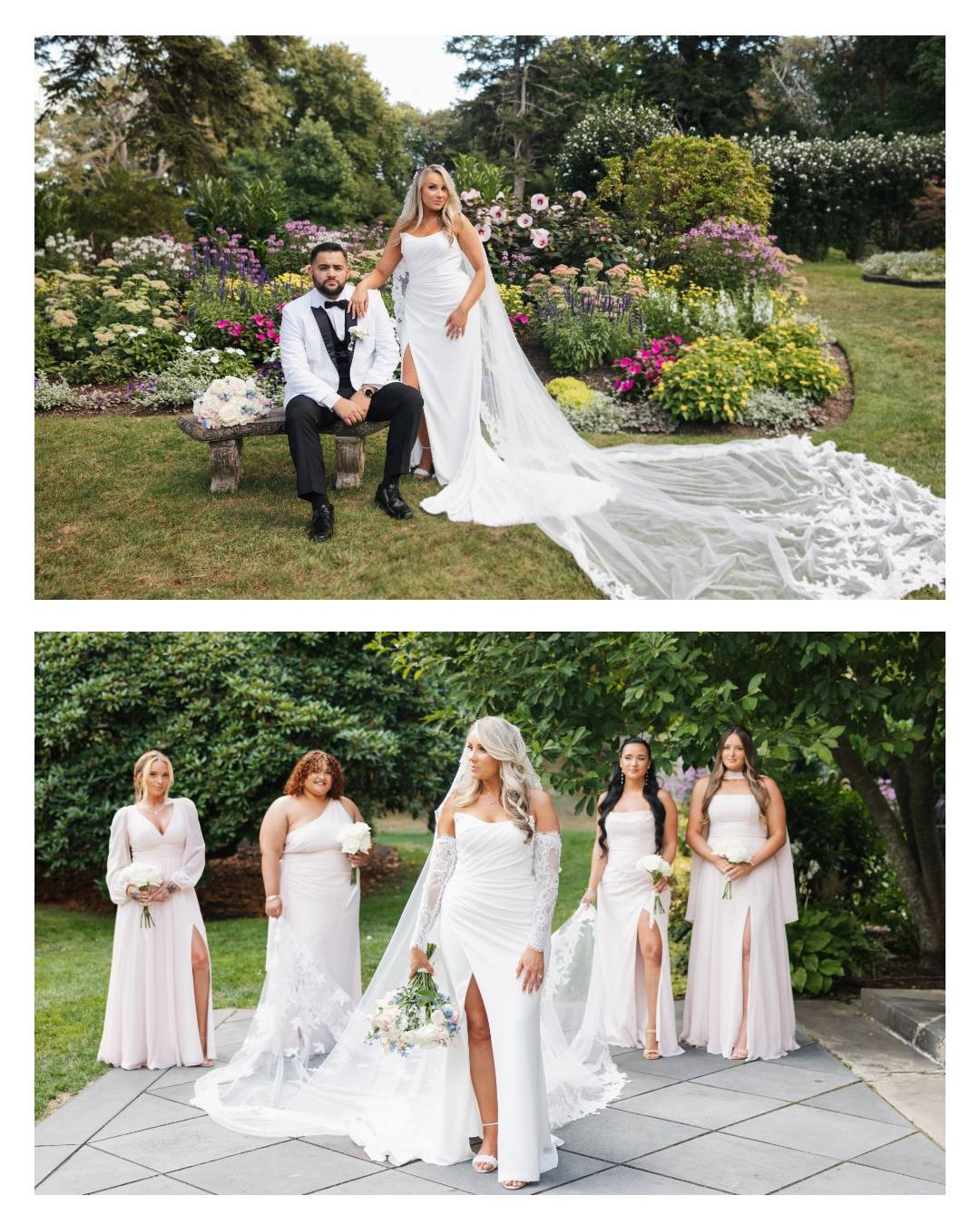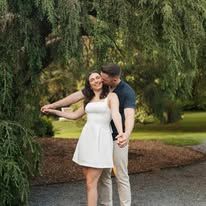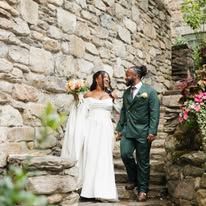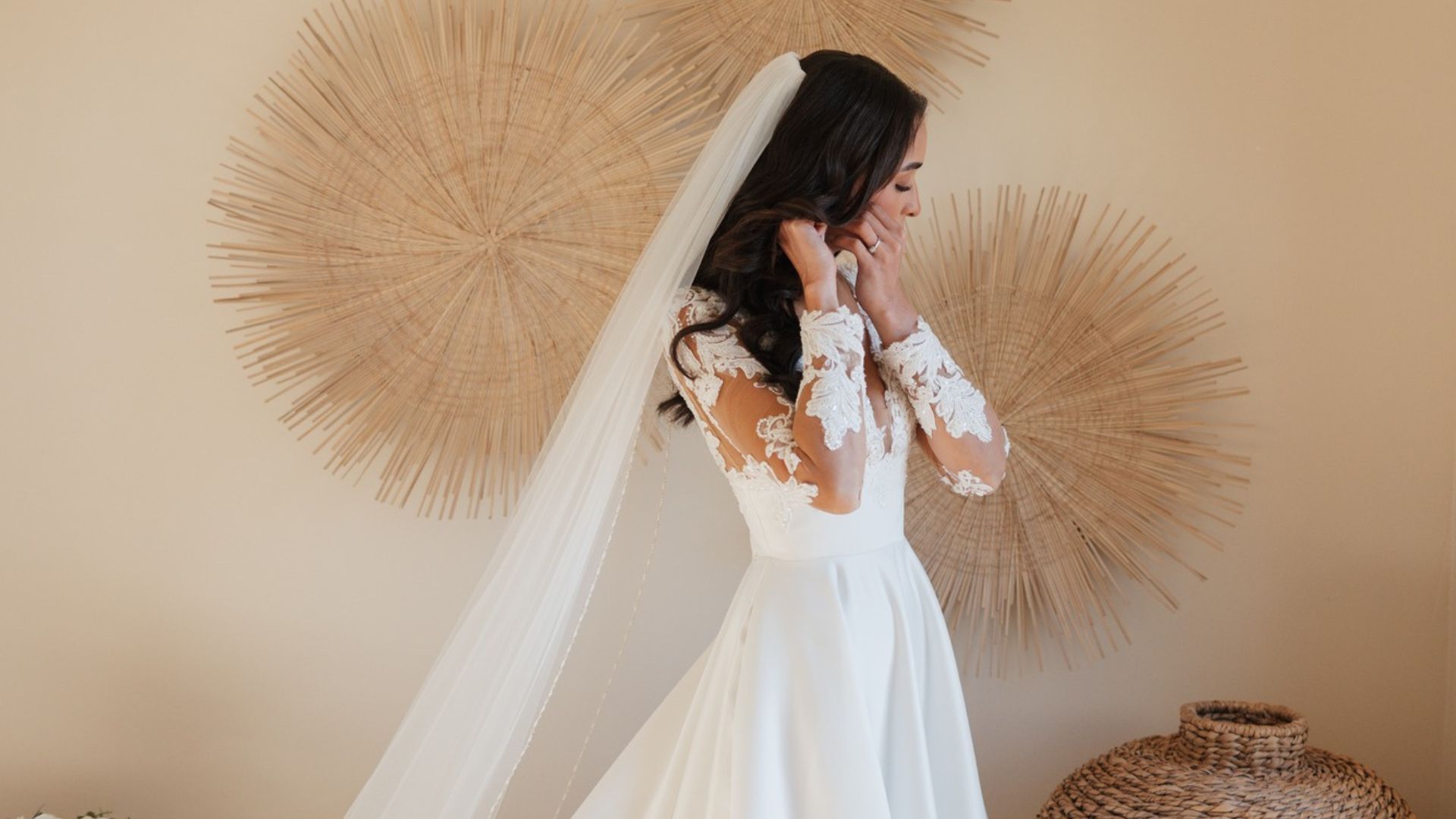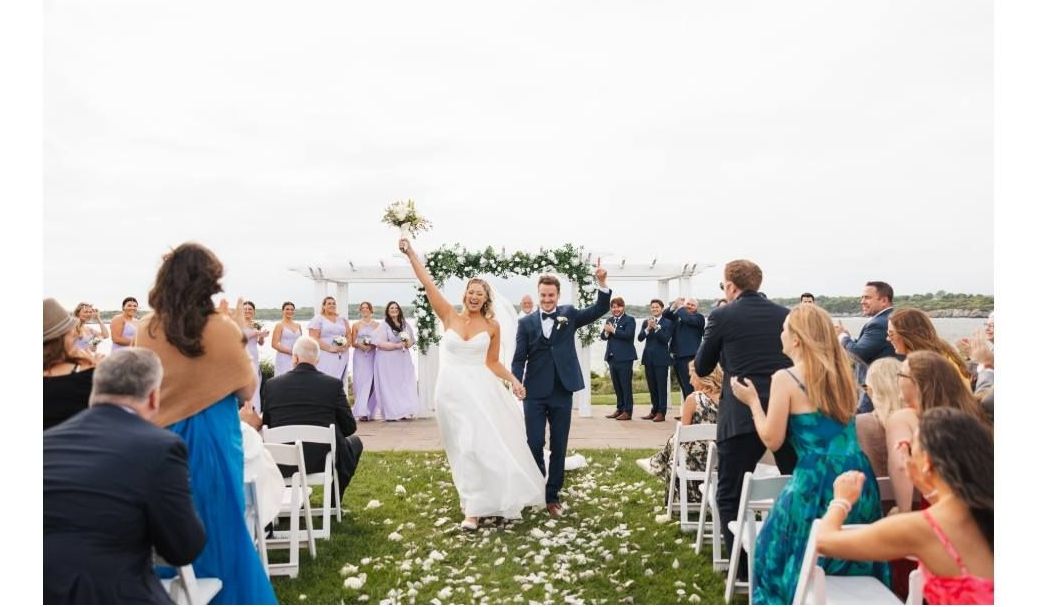How Light Shapes Effective Photo Composition: Understanding the Impact of Light on Photo Composition
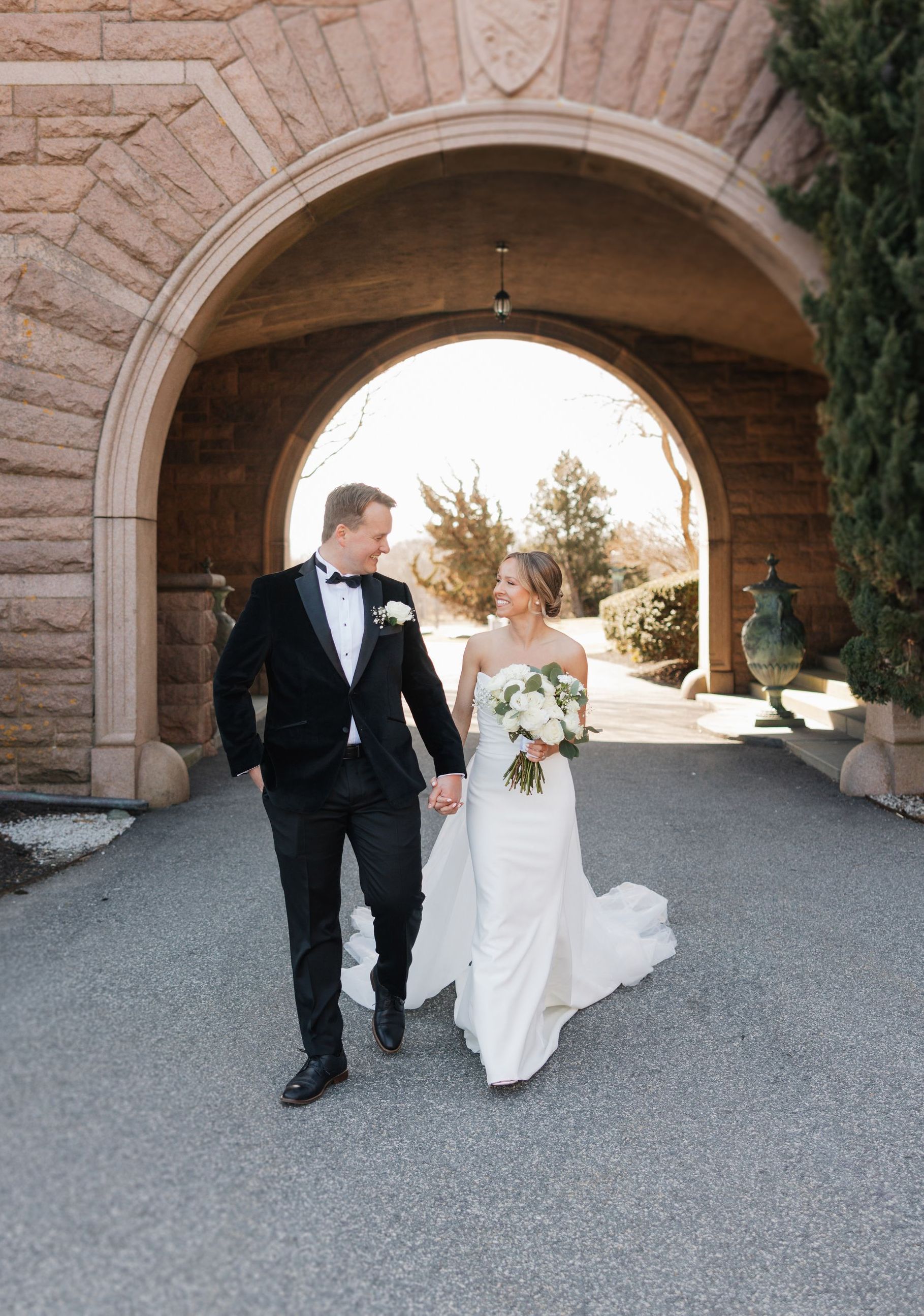
Light fundamentally defines shape, tone, and emotional resonance in every photograph, transforming flat scenes into expressive images. By mastering the impact of light on photo composition, photographers unlock control over contrast, depth, texture, and mood. This guide examines:
- The key qualities of light—soft, hard, diffused—and their compositional effects
- How light direction sculpts form with front, side, back, and overhead illumination
- Why time of day lighting—from golden to blue hour to harsh midday—matters for color and mood
- Strategies for aligning light with core compositional techniques like the rule of thirds, leading lines, shadows, texture, and color temperature
- Practical tips to overcome difficult lighting, apply creative techniques, and enhance visual storytelling
What Are the Key Qualities of Light That Influence Photo Composition?
Light quality refers to the softness or hardness of illumination determined by source size and diffusion, which controls contrast, shadow definition, and the overall mood of an image.
Understanding these qualities lets photographers shape form and direct attention through tonal variation and highlight placement.
| Entity | Attribute | Value |
|---|---|---|
| Soft Light | Shadow Definition | Smooth, gradual transitions |
| Hard Light | Contrast | Strong highlights & deep shadows |
| Diffused Light | Illumination Uniformity | Even brightness across frame |
Qualities of Light
Light quality, determined by the size and diffusion of the light source, significantly influences contrast, shadow definition, and the overall mood of an image [3, 10, 14]. Soft light, produced by large or diffused sources, minimizes harsh shadows and smooths textures, while hard light, from small or undiffused sources, generates high contrast and emphasizes texture [3, 10, 15].
[Digital Photography School], Properties of light: intensity, direction, and quality | Intro to Digital Photography Class Notes (2023)
This source explains how light quality affects the shadows and highlights in a photograph, which is directly related to the article's discussion of soft and hard light.
These characteristics set the foundation for directional lighting techniques that further refine depth and drama in composition.
How Does Soft Light Create Flattering and Gentle Illumination?
Soft light produces gentle illumination by diffusing rays across a broad source, minimizing harsh shadows and smoothing textures. This quality flatters skin tones and lowers contrast to yield polished portraits and evenly lit scenes.
What Effects Does Hard Light Have on Contrast and Shadow Definition?
Hard light originates from small or undiffused sources, generating crisp edges and high contrast that emphasize texture and form. Photographers leverage hard light to introduce graphic shadows and focal drama in fashion and architectural imagery.
How Does Diffused Light Produce Even and Balanced Lighting?
Diffused light scatters through a translucent medium, delivering balanced illumination that preserves detail across highlights and shadows. This even exposure supports consistent color rendition and reduces distracting hot spots.
How Does Light Direction Affect the Depth and Mood of Photographs?
Light direction defines where highlights and shadows fall on subjects, carving three-dimensional form and setting emotional tone. By choosing front, side, back, or overhead angles, photographers control texture, depth, and atmosphere.
Light Direction and its Effects
The direction of light, whether front, side, back, or overhead, sculpts form and sets the emotional tone of a photograph [1, 3, 4, 7, 11]. Front lighting provides even illumination, side lighting adds texture and depth, backlighting creates silhouettes and ethereal effects, and overhead lighting casts strong shadows [1, 4, 7, 11].
Emma Davies Photography, 11: Direction of light (2024)
This source discusses the different directions of light and their effects on an image, which is directly related to the article's discussion of light direction.
Key effects of light direction include:
- Front lighting for uniform exposure and minimal shadows
- Side lighting for pronounced texture and sculptural depth
- Backlighting for rim glow, silhouettes, and ethereal separation
- Overhead lighting for dramatic shadows and midday intensity
These approaches transform flat scenes into dimensional images, setting the emotional stage for each compositional choice.
What Are the Characteristics of Front Lighting in Composition?
Front lighting strikes the subject from the camera’s viewpoint, resulting in even illumination that reduces texture and flattens depth. It suits product photography and situations demanding clear visibility without distracting shadows.
How Does Side Lighting Add Texture and Dimension to Images?
Side lighting illuminates subjects from left or right, sculpting form with pronounced highlights and shadows. This contrast enriches texture and evokes depth, ideal for portraits and still life that benefit from visual drama.
What Creative Effects Does Backlighting Produce in Photography?
Backlighting positions the light source behind the subject, forming silhouettes and ethereal halos around edges. This technique fosters visual drama, separates subjects from backgrounds, and infuses images with glowing outlines.
What Challenges and Opportunities Does Overhead Lighting Present?
Overhead lighting descends from above, casting strong downward shadows that emphasize topography and volume. While it can create unflattering facial shadows, this angle also conveys midday brightness and sharp texture in landscapes.
Why Is Daylight Timing Crucial for Effective Photo Composition?
Time of day lighting refers to natural light characteristics at various solar positions, shaping color temperature and mood. Photographers plan shoots around these periods to harness distinct tonal signatures.
Natural day phases deliver distinct effects:
- Golden Hour – warm, soft light ideal for portraits and rich saturation
- Blue Hour – cool ambient hues that enhance mood and reflective surfaces
- Midday Light – bright, harsh sun requiring contrast control and fill techniques
Time of Day Lighting
The time of day significantly impacts color temperature and mood, with golden hour offering warm, soft light, blue hour providing cool tones, and midday light presenting high contrast [13, 16, 17, 18, 20]. Photographers plan shoots around these periods to harness distinct tonal signatures [13, 16, 17, 18, 20].
Bella Wang Photography Blog, Best time of day for photos (2023)
This source discusses the best times of day for photography, which is directly related to the article's discussion of time of day lighting.
By anticipating these shifts, photographers can optimize composition for emotional impact and color harmony.
What Makes Golden Hour Ideal for Warm and Soft Portrait Lighting?
Golden Hour occurs shortly after sunrise or before sunset, bathing scenes in soft, warm light that enriches skin tones and produces long, directional shadows. This timing flatters subjects and guides composition through natural highlights.
How Does Blue Hour Influence Cool Tones and Urban Compositions?
Blue Hour falls in twilight when indirect sunlight yields cool blue tones, lending a cinematic quality to cityscapes and landscapes. This interval enhances contrast between illuminated structures and deepening skies.
What Strategies Help Manage Harsh Midday Light in Photography?
Midday Light delivers direct overhead sun with high contrast and deep shadows. Photographers counteract this by using reflectors, diffusers, fill flash, or seeking open shade to balance exposures and preserve detail.
How Can Light Be Integrated with Core Compositional Techniques?
Integrating light with fundamental composition rules amplifies visual flow and narrative impact by aligning illumination with guiding structures. A synergy between light placement and compositional grids ensures harmonious, attention-guiding imagery.
Integrating Light with Compositional Techniques
Integrating light with compositional techniques like the rule of thirds, leading lines, and shadows amplifies visual flow and narrative impact [21, 22, 23, 24, 25]. Light can be used to guide the viewer's eye, direct visual movement, and add depth and dimension [21, 22, 23, 24, 25].
Photography Life, What is the Rule of Thirds? A Guide for Beginners (2024)
This source discusses the rule of thirds, which is directly related to the article's discussion of integrating light with compositional techniques.
| Technique | Light Role | Effect |
|---|---|---|
| Rule of Thirds | Align highlights/shadows at grid intersections | Guides viewer’s eye naturally |
| Leading Lines | Illuminate directional elements | Directs visual path through frame |
| Shadows for Depth | Cast layered shadows | Enhances three-dimensional form |
| Texture Accents | Strike surfaces from oblique angles | Reveals fine detail |
| Color Temperature | Warm or cool contrast | Sets complementary emotional tone |
This alignment of light and structure elevates every photographic composition to a balanced and engaging visual narrative.
How Does Light Enhance the Rule of Thirds to Guide the Viewer’s Eye?
Light can intersect key points of the compositional grid to attract attention naturally. Positioning brighter areas or accentuating shadows at third-line intersections reinforces subject prominence and dynamic balance.
In What Ways Does Light Define Leading Lines and Visual Flow?
Illuminated lines guide the viewer’s gaze through the frame as contrast highlights paths from foreground to background. Photographers exploit light patterns on roads, fences, or architectural elements to direct visual movement.
How Do Shadows Created by Light Add Depth and Dimension?
Shadows form where light is occluded, delineating planes and introducing volume. Layered tonal shifts underpin spatial relationships and enrich the three-dimensionality of subjects and scenes.
How Does Light Accentuate Texture and Surface Details in Photos?
Directional light grazing surfaces at shallow angles unveils textures from fabrics to landscape features. This enhanced detail fosters tactile realism and deepens viewer engagement with material qualities.
How Does Light Influence Color Temperature to Set Mood?
Shifts between warm and cool light evoke contrasting emotional responses: warmth suggests comfort and intimacy, while cool hues convey calm or detachment. White balance adjustments and gels enable precise mood control.
What Are Practical Tips for Using Light to Improve Photo Composition?
Applying light effectively in real scenarios requires adaptive techniques to handle varying conditions and unleash creativity. These practical strategies help photographers maintain compositional integrity under any lighting scenario.
- Use diffusers or reflectors to soften directional sources and tame harsh contrast.
- Employ off-camera flash or continuous lights for precise control over highlights and shadows.
- Experiment with backlighting to create silhouettes, rim highlights, or dramatic flares.
- Leverage natural windows, doorways, and architectural features as available light sources.
- Plan shoots according to weather, season, and sun path to optimize natural light quality.
These adaptable methods empower photographers to overcome challenges and reinforce compositional impact as they refine their visual storytelling.
How Can Photographers Overcome Challenging Lighting Conditions?
Photographers can balance extreme contrast or mixed light by using neutral density filters, HDR bracketing, or fill flash to equalize exposures. Mastery of dynamic range and understanding reciprocal settings preserves detail in both shadows and highlights.
What Are Examples of Creative Lighting Techniques for Impact?
Techniques such as Rembrandt lighting, split lighting, and gobo projections introduce narrative focus and artistic flair. Incorporating colored gels or translucent patterns yields distinctive visual signatures that elevate composition.
How Can Understanding Light Improve Visual Storytelling in Photography?'
Mastery of light shapes narrative by emphasizing focal points, guiding emotional undertones, and reinforcing thematic elements. Deliberate lighting choices weave coherence between subject, setting, and mood, strengthening the story behind each image.
Light quality, direction, timing, and strategic composition work together to define form, mood, and narrative in photography. By studying these principles and experimenting with tools—from diffusers to off-camera flash—photographers gain creative control over every scene. Integrating illumination with grids, lines, shadows, textures, and color nuances enriches visual flow and emotional resonance. Embrace these guidelines to elevate your photo composition and craft images that captivate viewers.
